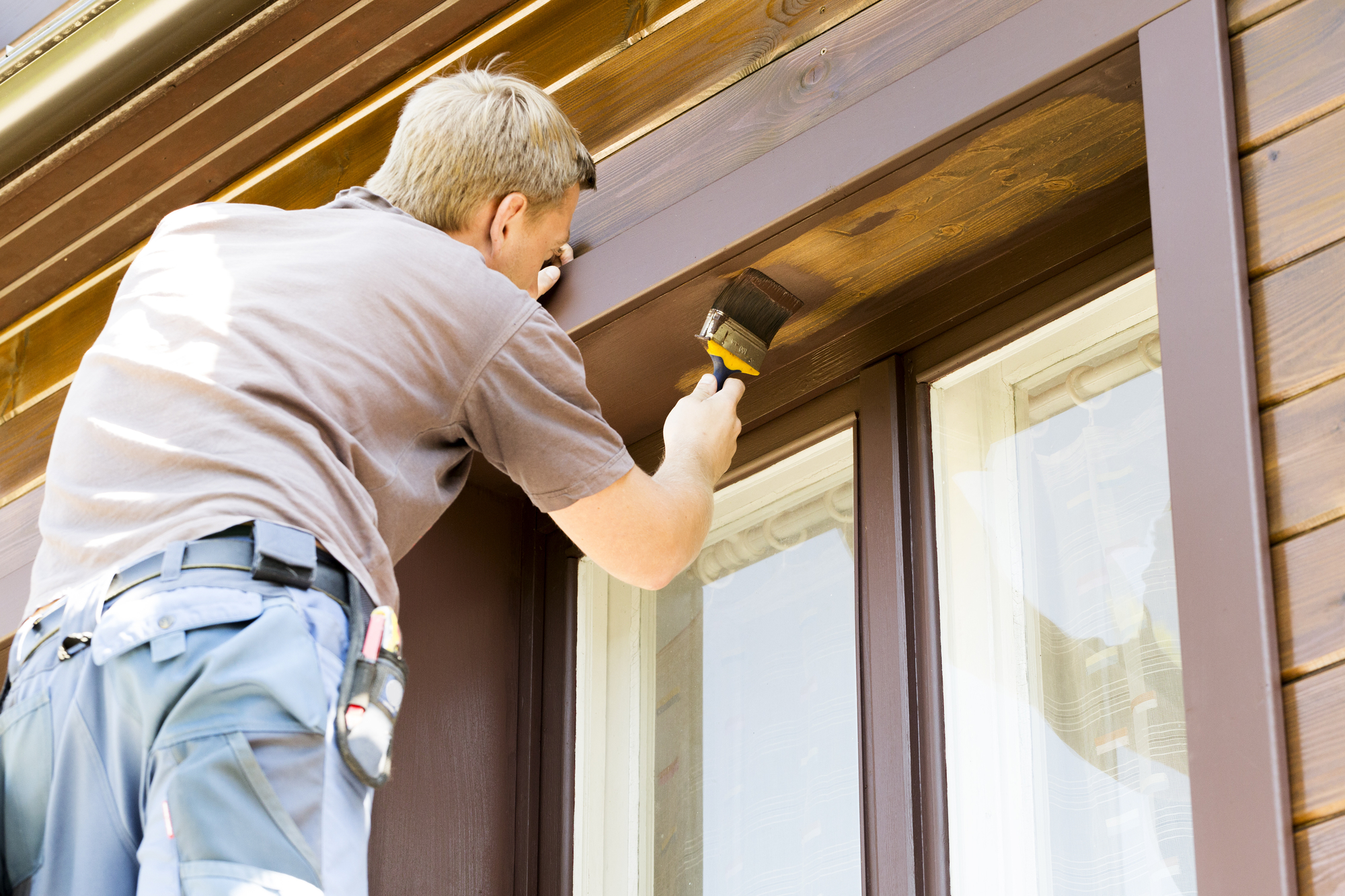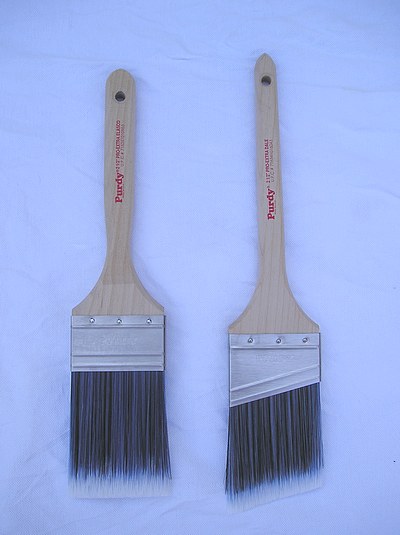- Best Brushes For Exterior Paint
- Best Paint Brush For Exterior Brick
- Best Exterior Paint Brushes
- Best Exterior Paint Brush
- Best Exterior Paint For Wood
- Best Interior Trim Paint Brush
- Best Interior Paint Brush
Best Brushes For Exterior Paint
Painting the exterior of your home is a task that can take days if not weeks, depending on your level of experience, size of your home and most importantly, your tool of choice. For both DIY and professional painters alike, the traditional favorite tools of paint application have all along been the brush and roller.
Best Feature: Sponge applicator The Jen Poly Foam brush is a great option for those looking to do a touch-up of their trim. The sponge applicator, composed of poly foam, allows for great quality paint application to keep your trim looking new. This multi-pack will also help you stay prepared for touch-ups to come. Using a Brush vs. Sprayer For Painting a House Exterior Paintbrush. Using a paintbrush to paint your house lets you get started faster each day. You don't have so many tools and materials that need to be brought out and set up. Often, you can break up the brushing into.
- Wooster Brush 4235-3 Alpha Semioval Paint Brush Wooster produces a high quality, paint brush. Next to Purdy, they produce the best paint brushes on the market. The Alpha line is their top of the.
- Best Overall: Wooster Brush Q3211-2. Buy on Amazon Buy on Walmart Buy on Home Depot. A good, multipurpose brush isn’t too big or small so it can remain versatile. For most projects, a two inch width is perfect for covering medium to large surfaces like walls in a short amount of time.
- A one- to two-and-a-half-inch brush is best for window areas, trim, and corners. A three-inch brush works best for doors, cabinets, and shelving and a four- to six-inch brush is designed for large.
Best Paint Brush For Exterior Brick
However, while paint sprayers have been around for a while, it’s only in recent years that they have become noticeable tools of choice for exterior painting. Many DIY painters report that spray painters provide both smooth and rapid results. But now that both sprayers, brushes, and rollers are in the market, does it matter which one you use? How does each of them perform as far as exterior painting is concerned?

Best Exterior Paint Brushes
In this article, we will take an objective look at the three available options, and what to expect when choosing any of them. Here we go:
Spray Paint
Using an airless sprayer is perhaps the fastest way to paint your home’s exterior. If you’re short on time, you can paint an entire wall in a matter of minutes instead of hours. In many cases, you will get good coverage with just one coat. Another benefit is that you get a smooth finish free of roller or brush marks. You can also easily paint hard-reach areas and narrow gaps without much of a hassle.
Best Exterior Paint Brush

But if that’s the case, why isn’t everyone just spray-painting everything? Well, it turns out speed is not everything when it comes to painting. Spray painting has its own fair share of downsides. For starters, it requires a longer time to prep and clean up, it sometimes produces uneven coverage, can’t be used on windy days, and often offers poor adhesion.
Generally, painting a home exterior using a sprayer can be quite challenging if you don’t have experience. It takes a lot of practice to master using an airless sprayer –you can get drips, over-sprays, and runs. DIYs often get uneven coats due to heavy application in some areas and under-spraying in others. You will also need up to 2-3 times more paint compared to rolling or spraying.
Best Exterior Paint For Wood

Best Interior Trim Paint Brush
Brushing Paint
Brushing is the old-fashioned way of applying paint, probably a favorite to most painters, and it’s not about to go anywhere. But does this mean it’s the best method for exterior painting? Well, it offers the best paint adhesion, excellent control, and even uniform coverage. That’s something, right?
Best Interior Paint Brush
At this point, it seems like brushing solves a lot of issues we faced with spraying, but why hasn’t it replaced spray painting already? Well, brush painting has its own downsides too –it’s slow and quite laborious, requires at least two coats, and may leave brush marks. Overall, brushing allows you to get into tight corners and paint straight lines that you might not archive with spray paint. But how does brush painting compare to roller painting?
Roller Paint
The last part of the debate features the classical roller painting method, which has equally been around for ages. Like paintbrushes, rollers too are relatively cheaper compared to paint sprayers. The rollers might, however, be slightly slower compared to sprayers, but offer more rapid painting than brushing. On flat surfaces, you will paint 2x faster than when using a paint brush. They’re also easy to clean and great at painting hard-to-reach high areas.
On the downside, rollers too leave roller marks, are not the best for uneven/grooved surfaces and are not as easy to control as brushes. Additionally, they’re less paint-economic compared to brushing.

Bottom Line
So, which method is the best? Well, as you can see, all three techniques have their ups and downs and excel in different areas. You don’t have to choose one over the other –you can actually combine more than one method to enjoy the benefits from both worlds. For instance, you may use a roller on flat wide surfaces, and use a brush for those thin and narrow areas such as the trim and door/window frames.
If the idea of experimenting with these tools on your own home in Amador County, California sounds intimidating, you might benefit from professional exterior painting services offered at Hines Painting. Simply give us a call to book a free estimate.

